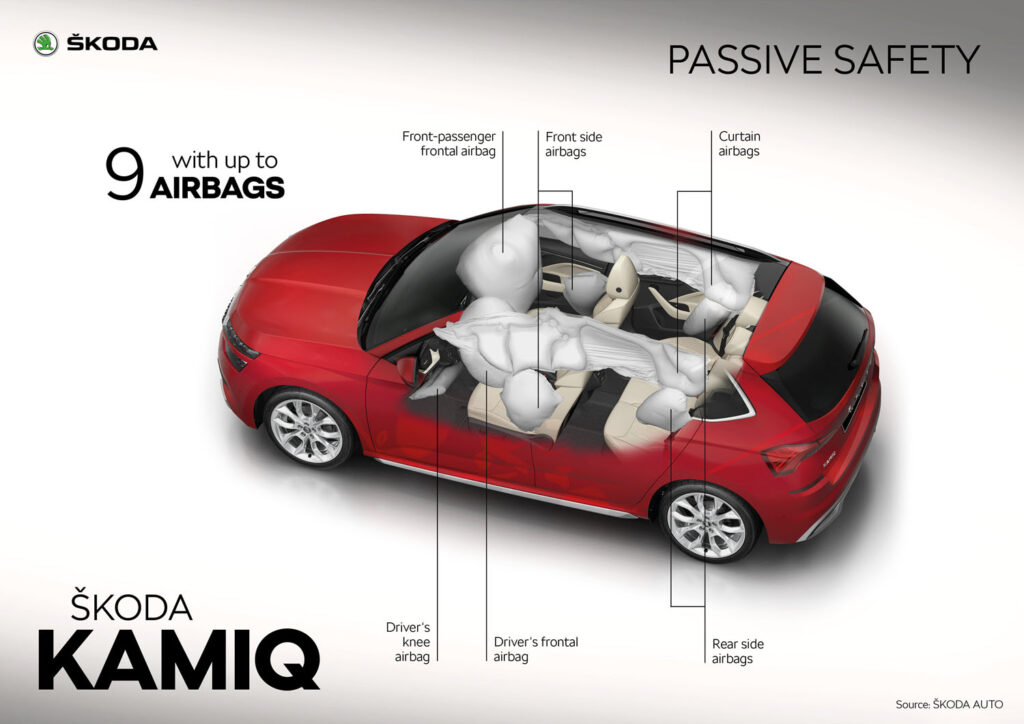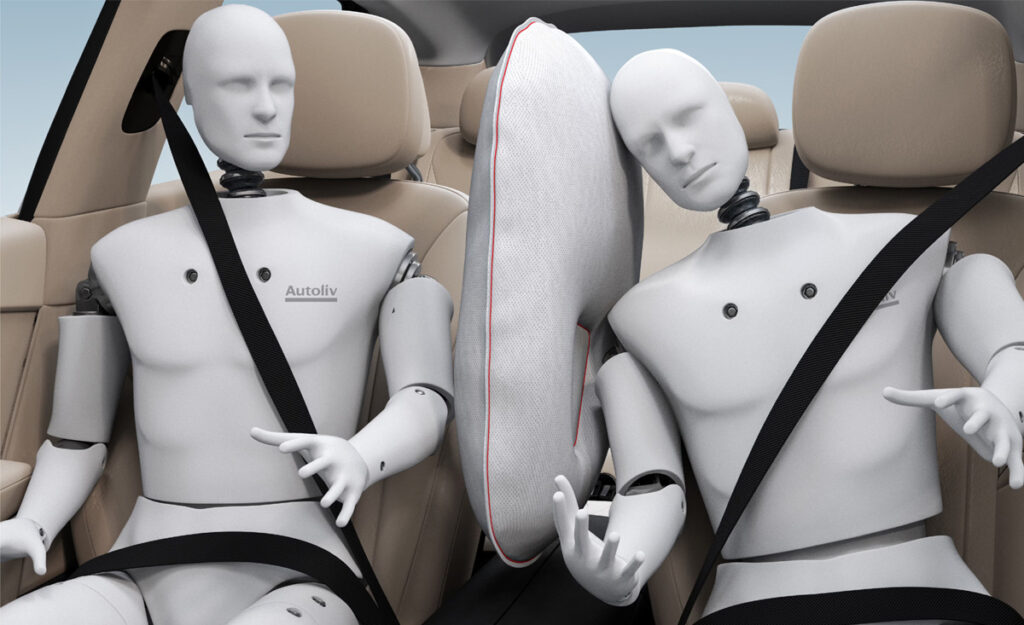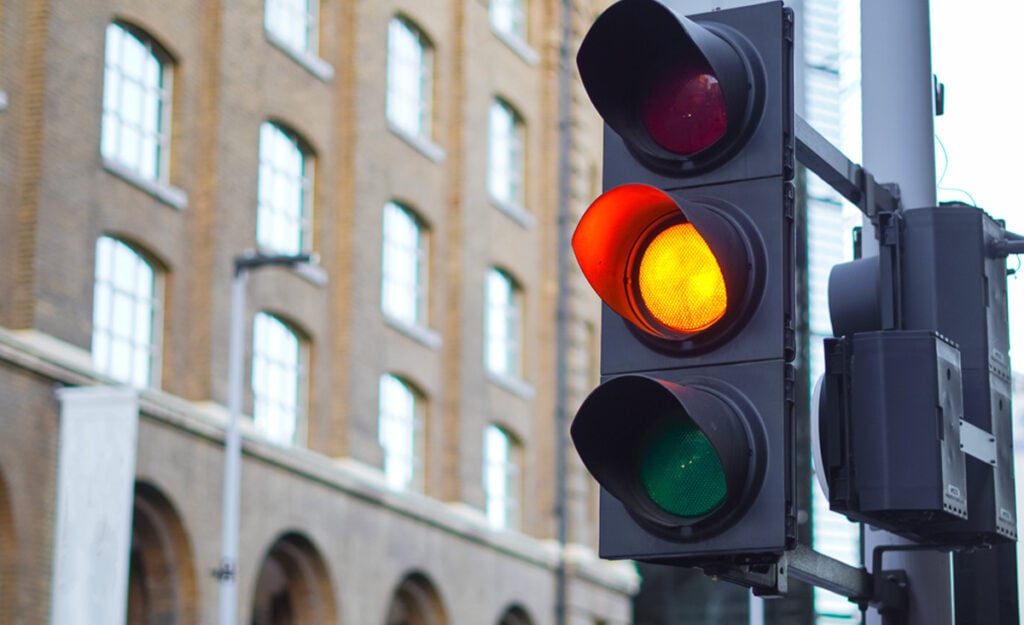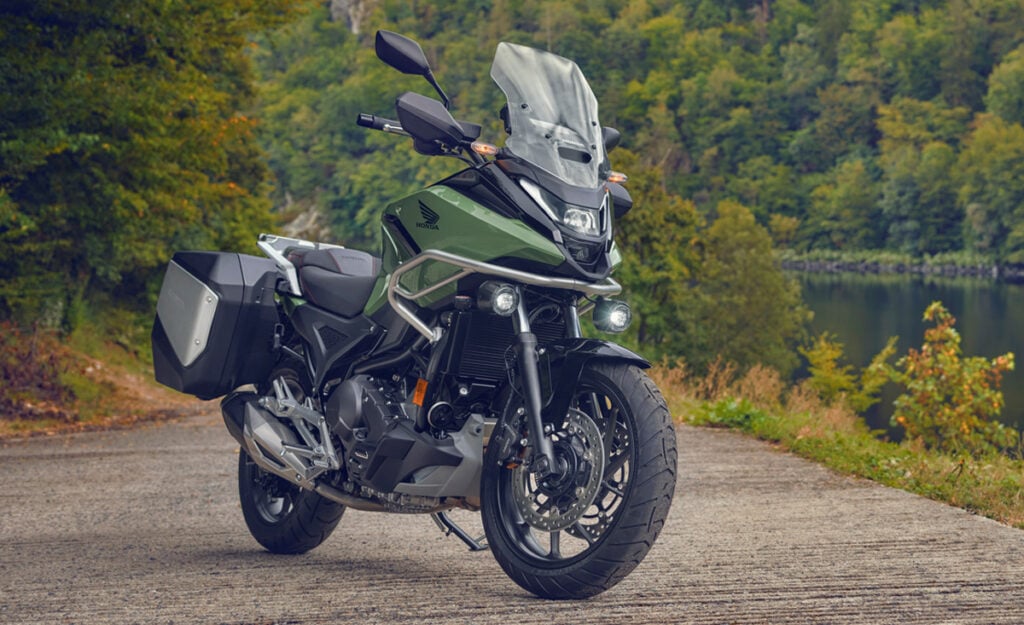7 different types of airbags in modern cars – How they protect you

Airbags are one of the most important safety features a car can have, which is why almost all modern cars are equipped with a bare minimum of one or two.
While airbags are not mandatory in new cars according to South African law, all new passenger cars sold in the country are equipped with them because, much like the seatbelt and anti-lock brakes (ABS), they are one of the simplest and most obvious additions that can help save people’s lives in the event of an accident.
With road safety being more of a concern than ever, carmakers have also been stepping up their game regarding the number of airbags in their new models and where they are placed.
How airbags protect their occupants
Airbags are inflatable cushions that rest inside the interior panels of a car and rely on crash sensors that measure the severity of an impact.
If the car is involved in a collision, the extreme impact force will trigger the sensors, which ignites a chemical reaction that rapidly builds up nitrogen gas in the cushion.
This gas is created so quickly that it generates immense pressure in the contained bag, causing it to explode outwards in order to release the pressure.
The literal explosion that is used to deploy an airbag is quite dangerous as it pushes in the opposite direction that an occupant’s body is sent during a collision, which is why seatbelts are also vital to stop people from moving further than they need to.
Since most crashes normally occur at the front of a vehicle, such as a head-on collision with another car or another obstacle, the most common type of airbags that are typically included as standard are placed in the dashboard.
Most modern cars come with a minimum of two front-mounted, rear-facing airbags for the front passengers, with one for the driver located in the steering wheel while the front passenger’s one is located in the dashboard above the glovebox.
These exist to push in the opposite direction that a body would move via inertia in an accident, and stop the occupants from violently hitting themselves on the dashboard or, in a worst-case scenario, getting flung through the windshield.
Another type of airbag that newer cars have added is a driver’s side knee airbag, which is mounted underneath the steering column and is intended to mitigate leg injuries by stopping the person from hitting the pedals.
Beyond these safety items, it is increasingly common for vehicles to be equipped with airbags mounted to the sides of their occupants, of which there are a few types.
Curtain airbags, for example, are fitted into the roof lining of the car and run the length of the front and rear door windows. During an accident, they deploy outwards and downwards and are intended to protect against T-bone accidents.
On higher-end models, these may be accompanied by additional airbags situated in the seats themselves, with some located in the sides while others are found underneath.
The side-mounted seat airbags face outwards and are used to help absorb the impact of a crash rather than stopping the occupant’s movements directly, while seat cushion airbags are used to help keep the person in their chair (assuming they are wearing their seatbelt).
A few modern cars are also equipped with safety bags fixed to the back of the front seats, and work to protect rear occupants in much the same way the dual front ones do.
However, these are usually found on luxury models both because of the added expense and because airbags can actually inflict more damage to children than the accident itself, depending on the severity of the crash, so many family cars don’t include them.
It’s for this same reason that it is recommended that children don’t sit in the front passenger seat.
Lastly, new cars may have what is known as a far-side or a front-centre airbag, which is found inside the storage console between the front seats or on the side of the driver’s seat and works as a divider to stop occupants from slamming into one another in an accident.













